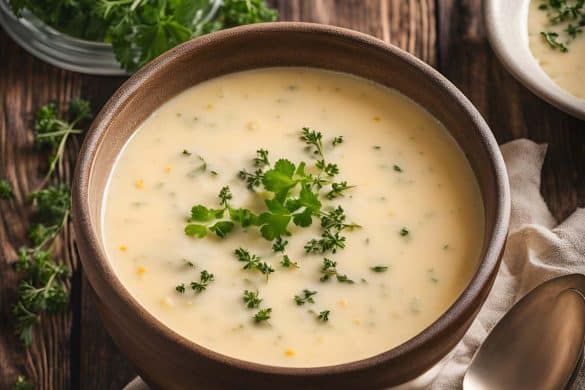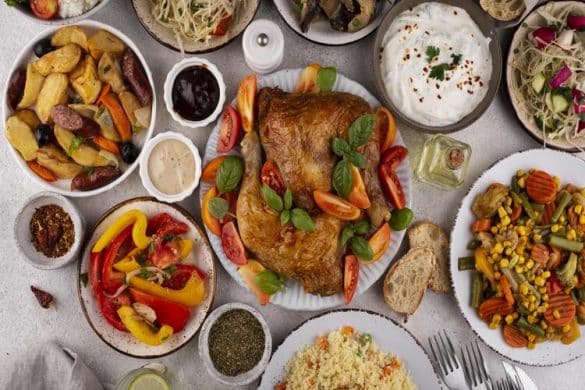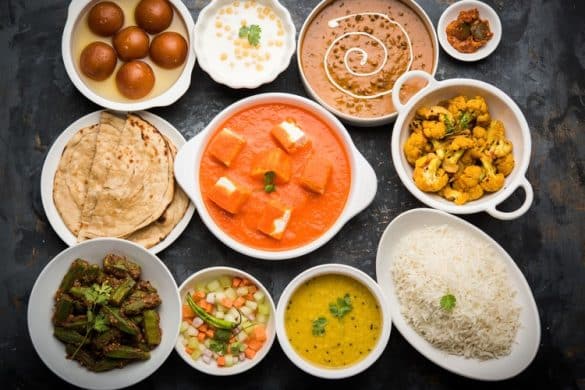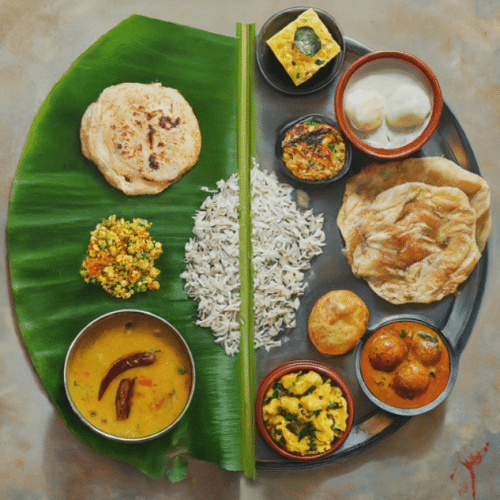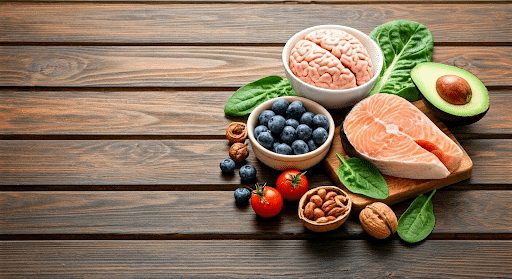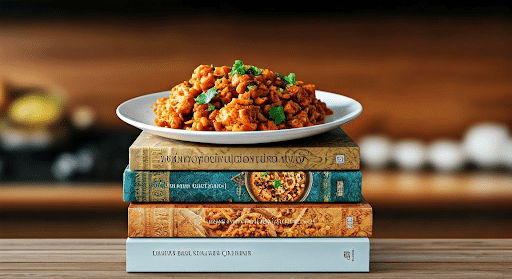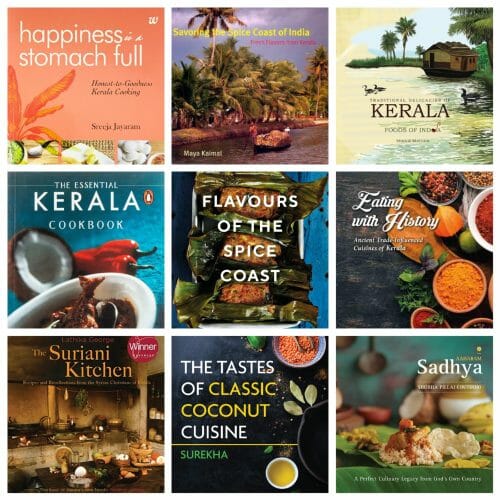Mangoes have been a part of Indian cuisine for centuries. The juicy fruit is popular to enjoy during hot summer days. It plays a vital role in many flavorful pickles and chutneys. From street vendors to home kitchens, mangoes are integral to cooking throughout India. This article will explore how Indians use mangoes in cooking, from sweet desserts to savoury dishes.
For generations, Indians have celebrated the arrival of mango season with joyous anticipation. Sweet and tangy chunks of ripe mango are enjoyed as snacks or added to cool drinks like lassis and shakes. The crunchy texture of unripe green mangos adds flavour and zest when cooked into spicy curries or made into traditional pickles like avakaya. Mango pulp can be used as a base for jams, jellies, sauces, ice cream flavours, juices and more.
Lastly, mango leaves enhance the flavour of various rice dishes, such as pachadi and biryani. Mangoes bring sweetness and complexity to every dish they touch. There’s no denying this delicious fruit has earned its place at the table! In this article, we’ll dive deeper into mangoes’ role in Indian cuisine today.
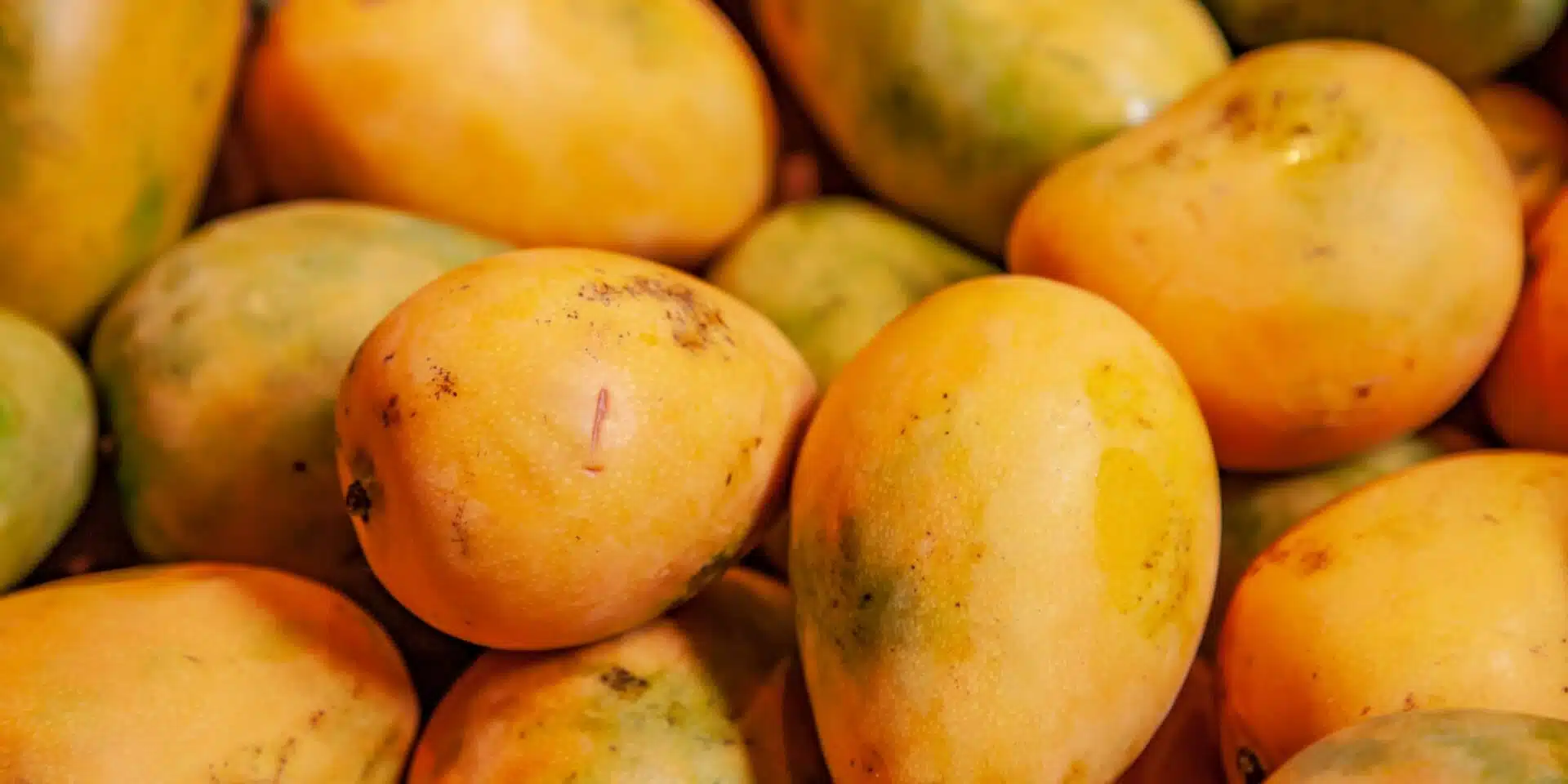
Mangoes
History Of Mango In India
Mangoes have been a part of Indian culture since ancient times, with references to the sweet fruit in Sanskrit writings dating back thousands of years. It’s believed that mangoes were brought to India from Southeast Asia and spread throughout the country. It is thought that some of India’s earliest varieties of mangoes originate from South Asia. Today, mangos are revered for their flavour and nutritional value in India and their spiritual significance. They are used in traditional medicine and religious ceremonies, making them an important cultural symbol. Mangoes also play an integral role in many regional dishes, including chutneys, curries, desserts, juices and pickles – all made using different combinations of spices and other ingredients. Thus, mango has become an indispensable ingredient in Indian cuisine due to its versatility and delicious taste. Its use can be seen throughout history in various recipes crafted by generations past; however, today, one cannot imagine Indian cooking without the addition of this juicy summer fruit or flavorful pickles!
Varieties And Availability
Indian mangoes are some of the most sought-after in the world due to their unique flavour profiles. There are hundreds of different kinds, ranging from sweet to tart. Some popular varieties include Alphonso, Kesar, Chaunsa, Langra, and Dasheri. Each has its distinct taste and texture, which makes them ideal for adding a variety of flavours to traditional dishes.
Mangoes are typically available during summer months when they reach peak ripeness. The season usually begins around April or May and ends around August or September, depending on where it is cultivated. Many farmers grow multiple types to always be abundant throughout the harvesting period. In addition to local cultivars, exotic varieties such as Tommy Atkins Mangos can often be found in speciality stores or markets imported from other countries like Brazil or Mexico.
The cultivation of mango trees has become increasingly popular over the past few decades thanks to technological advances and improved irrigation systems. Farmers have increased yields by planting more trees per acre while providing better care for existing ones. This increased production has ensured high-quality mangos remain plentiful even outside the peak season, making them accessible year-round to consumers worldwide.
Uses In Traditional Dishes
Mangoes have been used in Indian cuisine for centuries. Whether it’s a mango chutney, mango pickle or even a delicious mango lassi – there are plenty of ways to enjoy this juicy summer fruit. Alphonso mangoes are especially popular, and their sweet flavour is used in many traditional dishes like Aamras Puri, which is made with mashed ripe mangos served over fried flatbread. Mango season brings joy to many Indians who eagerly look forward to treating themselves to these versatile fruits.
The sweet-tart taste of the mango can be used as an accompaniment to savoury dishes like curries, adding extra depth and complexity to flavours. In addition, its natural sweetness complements desserts such as ice cream sundaes and puddings. Mangoes also work well when combined with other ingredients like nuts, yoghurt or coconut milk, creating unique combinations that tantalize the tastebuds.
No matter the dish or recipe, there’s no denying that the mango plays a vital role in Indian cuisine. From tangy condiments to decadent desserts – this tropical fruit will remain an integral part of India’s culinary heritage. With so many recipes utilizing its distinctive flavour, one can only imagine what new creations await us! Looking ahead, let’s explore some popular recipes with mango as an ingredient.
Popular Recipes With Mango As An Ingredient
Mangoes have been a popular ingredient in Indian cuisine for centuries. From the iconic mango chutney to sweet, spiced desserts like Mango Kulfi, people all over India enjoy creating dishes with this juicy and flavorful fruit. In addition to traditional recipes, there are now many modern ways of incorporating mango into everyday meals, such as smoothies, salads, salsas, lassis and more.
The most traditional way of using mangos is to make mango chutney. This condiment is often served alongside curries or parathas and can be savoury or sweet depending on how it’s made; some versions even include other fruits like tamarind or apples! Another famous dish is Mango Kulfi – an ice cream-like dessert with cardamom and saffron that can be enjoyed after any meal. For those who prefer lighter treats, there are mango smoothie bowls and popsicles made from pureed mangos blended with yoghurt or coconut milk.
Savoury preparations with mangoes include salsa – which pairs well with grilled meats – and delicious side dishes such as pickles and jams. To cool down during the hot summer months, Indians love to sip on refreshing drinks like mango lassi: a combination of yoghurt, water and spices mixed with ripe chunks of mango. With so many delicious recipes featuring this versatile fruit, it’s no wonder why mango remains an integral part of Indian cuisine today.
These dishes demonstrate the versatility of mangos when used in cooking – they can add sweetness to desserts while also providing a kick of flavour to savoury dishes. Next, we will discuss the benefits of eating mangoes beyond their taste.
Benefits Of Eating Mango
Mangoes are an explosion of flavour and nutrition for the taste buds. Like a burst of sunshine in your mouth, these juicy fruits bring joy to any Indian meal. From its delightful sweetness to its refreshing tartness, mangoes offer myriad health benefits that make them invaluable as part of traditional Indian cuisine.
The nutrients contained within this humble fruit are tremendous – they contain vitamins A and C, fibre, potassium, magnesium and other minerals essential for good health. Mango nutrition can help with digestion problems like constipation or bloating due to its high fibre content. Plus, mangoes have been known to aid weight loss by boosting metabolism while providing energy without fat or cholesterol. Thanks to their low glycemic index rating, mangoes even offer people with diabetes a healthy snack that won’t spike blood sugar levels.
Indian mangoes also deliver numerous additional advantages, such as preventing cancerous growths from developing inside the body. Eating mango regularly may reduce inflammation throughout the gut, resulting in fewer digestive issues over time. The best way to reap all the potential mango health benefits is by incorporating it into one’s diet through various delicious recipes – think mango salsa or smoothies!
With all these incredible perks wrapped up in one delectable package, it’s no wonder why people around India cherish mangos as a tasty treat and an essential source of nourishment. Moving on, preservation techniques play an integral role in maintaining these precious fruits’ freshness and nutritional value so they can be enjoyed long-term.
Preservation Techniques
Moving beyond its role as a delicious and juicy summer fruit, mango can be preserved through pickling, drying, canning, chutney making, and jam creation. These preservation methods have been used in Indian cuisine for centuries.
Mango pickles are among the most popular types of mango preservation. Pickled mangoes are often made with spices like cumin, turmeric, chilli powder, mustard seeds, fenugreek seeds and other herbs. The spiced mixture is cooked until it thickens before adding to diced or sliced mango pieces. This combination is then placed in jars and fermented over several days. The resulting product is sweet and sour, with an intense flavour that complements many dishes.
Those who prefer less spicy flavours also have options for preserving mangos without pickling them. Drying out ripe mango slices under the sun makes them crunchy and flavorful. Alternatively, canned or jarred versions of dried mangos can be found in stores. Mango chutney is another way to preserve this fragrant fruit; it combines vinegar with sugar and spices to create a tangy condiment perfect for accompaniments such as curries or samosas. Finally, if you’re looking for something sweeter than pickles but still full of flavour, try creating your homemade mango jam, which requires only four ingredients – mango puree, lemon juice, sugar and pectin – boiled together until thickened into a spreadable consistency.
All these preservation techniques offer unique ways to enjoy the taste of mango all year round, even when fresh fruit isn’t available!
Frequently Asked Questions
What Is The Best Way To Pick A Ripe Mango?
Picking ripe mangoes sounds like it should be easy – after all, the grocery store is full of them. But anyone who has tried to pick a genuinely ripe mango knows it’s not as simple as it looks! With so many varieties available, each ripening differently, how do you know which ones are ready? Fortunately, there are some tips for selecting the perfect mango every time.
When picking out a mango, start by looking at color. If the fruit is primarily green with some red or yellow skin spots, it has yet to be quite ripe. The ideal mango should have an overall yellow-orange hue. This can vary between different types of mangos but look for something slightly soft when pressed gently. You can also sniff the mango; if you detect an intensely sweet scent near its stem end, you have likely found your winner!
It’s important to remember that even once you find what appears to be the perfect mango, it will only taste good after a while. Mangoes continue to ripen over time, so don’t expect immediate perfection from your selection – instead, try storing them in paper bags until they reach their peak and enjoy lovely mangoes every time!
Whether making chutneys, smoothies, or just eating them fresh off the countertop – knowing how to spot a ripe mango means no more wasted trips to the grocery store! With these few tips in mind, finding delicious fruits won’t seem daunting anymore, and you can enjoy juicy summer treats any time of year.
Are There Any Health Risks Associated With Overeating Mango?
Overeating mango can present potential health risks. This is important to consider, given that mangos are a popular choice in Indian cuisine and a staple summer fruit. It’s essential to recognize the nutritional value of these fruits, as well as any risks associated with over-consumption.
Mangoes have specific benefits when eaten in moderation. They are rich in vitamins A, C, E and B6, healthy fats and fibre. Moreover, they contain many phytochemicals, such as carotenoids which help protect against free radicals – molecules linked to ageing and disease development. However, knowing the potential health risks of overeating mango is essential.
Excessive consumption may lead to adverse effects on digestion due to its high content of fructose – a type of sugar found naturally in foods like mangoes. Eating large amounts at once can cause stomach issues, including abdominal pain or bloating. Additionally, those allergic to pollen might experience a reaction from consuming mangoes due to their similarity in protein structure; this could result in skin rashes or other symptoms depending on the individual’s sensitivity level.
It’s essential for people who enjoy eating mangoes regularly to understand both their nutritional values and possible negative impacts so that they can make informed decisions about how much they consume. Maintaining a balanced diet while keeping track of your body’s response will ensure you reap all the rewards without taking unnecessary risks with your health.
Are There Any Mango-Based Dishes That Are Suitable For Vegans?
Mangoes have long been a staple of Indian cuisine, but can vegans enjoy its delicious dishes? As it turns out, there are some exciting vegan-friendly options available. It’s worth exploring the possibilities that mangoes offer those following a plant-based diet.
The versatile fruit has been used in many ways in India for centuries, from juicy summer snacks to flavorful pickles. But how do these unique flavours translate into vegan dishes? By looking at traditional recipes and experimenting with new cooking methods, it is possible to create vegan versions of classic Indian meals featuring mango as the star ingredient.
From curries made with coconut milk and spicy chutneys served over rice to smoothies packed with protein and antioxidant-rich juices, plenty of easy recipes use this remarkable tropical fruit. For example, one popular dish is Aam Ras – a creamy puree of roasted ripe mangos blended with yoghurt or cream and seasoned with spices like cumin and coriander. The result is an aromatic sauce perfect for serving over steamed basmati rice or naan bread. Additionally, mango lassis (yoghurt drinks) are often enjoyed as an afternoon snack or refreshing dessert alternative – blend frozen chunks of sweet fruit with almond milk and honey for a delicious beverage!
With so many tasty dishes, vegans don’t need to miss out on all the flavour that mangoes bring to Indian cuisine. From simple salads to complex entrees, incorporating this nutrient-rich fruit into any meal plan can be enjoyable and nutritious.
Do Mangoes Need To Be Refrigerated To Keep Them Fresh?
When it comes to storing mangoes, one of the most frequently asked questions is whether or not they need to be refrigerated to keep them fresh. The answer is that while refrigeration can help extend their shelf life, it’s only sometimes necessary. To ensure your mangoes stay as fresh and flavorful as possible, there are a few simple storage tips you should follow: -Store unripe mangoes at room temperature until they’re ripe -Once ripe, store in the refrigerator if desired -Check for signs of spoilage before eating -If appropriately stored, mangoes can last up to two weeks in the fridge.
Proper storage measures still apply to those who choose not to refrigerate their mangoes. Unripened fruit should be kept away from direct sunlight and heat sources. If placed on the countertop, try putting them in a paper bag with an apple or banana to speed up the ripening process. Once ripe, place on a plate or tray lined with absorbent paper towels so excess moisture doesn’t accumulate and lead to spoilage. With these simple steps taken into account when storing your mangoes outside the refrigerator, you can expect them to stay fresh for about five days.
Remember that regular inspection is vital, no matter which method you use for keeping your mangoes fresher longer – refrigerating or leaving out. Pay attention to any changes in colour or texture – discolouration spots often indicate overripeness – and watch out for mould growth too! Taking care of how you store your fruits ensures optimal flavour every time you enjoy some delicious Indian cuisine featuring mangos!
What Is The Difference Between Indian Mangoes And Mangoes From Other Parts Of The World?
While many of us may know mangoes as a juicy summer fruit, in Indian cuisine, they are also used to make delicious pickles and other flavorful dishes. But what is the difference between the Indian mango and those from different parts of the world? While it may seem minor at first glance, there’s quite a bit that sets them apart.
Indian mangoes have been grown for centuries, so their flavour has had time to develop into something unique. The climate in India helps produce sweeter varieties, which locals prefer over sour versions found elsewhere. Additionally, some types of Indian mangoes can be eaten with skin and seed intact – something not possible with most imported varieties!
In terms of usage, Indian chefs will often blend sweet mangoes with spices to create chutneys or savoury sauces. These creations add complex flavours to dishes such as curries and tandoori chicken. On the other hand, fruits from abroad tend to be used more simply due to their tart taste – usually just added for sweetness or texture without any additional seasoning needed.
No matter where you get your mangos from, one thing remains true: these tasty fruits always bring an extra flavour boost to any meal! So whether you’re looking for a perfect snack or seeking ingredients for a particular recipe, consider using local and international mangoes for fruity treats.
Conclusion
In conclusion, mango has a significant role in Indian cuisine. This versatile ingredient can be used in many dishes, from juicy summer fruit to flavorful pickles. Not only do they provide an array of flavours and textures, but they also possess numerous health benefits. Furthermore, plenty of vegan-friendly mango recipes are available, making them suitable for everyone’s dietary needs. Nevertheless, choosing the good mangoes is essential to get the most out of your dish – so always remember to look for ones with no green patches and give off a pleasant aroma!
When it comes to storing mangoes, refrigeration is recommended as this will help preserve their flavour and texture. Lastly, although all varieties of mangos are delicious, those grown in India tend to be sweeter than in other parts of the world. As such, I highly recommend trying one next time you’re looking for something special! It’s easy to understand why mango is essential in Indian cuisine. With its unique flavour profile and great nutritional value, this delicious fruit livens up any meal!

